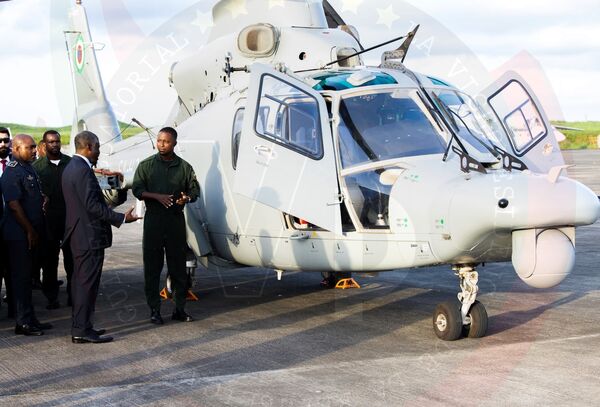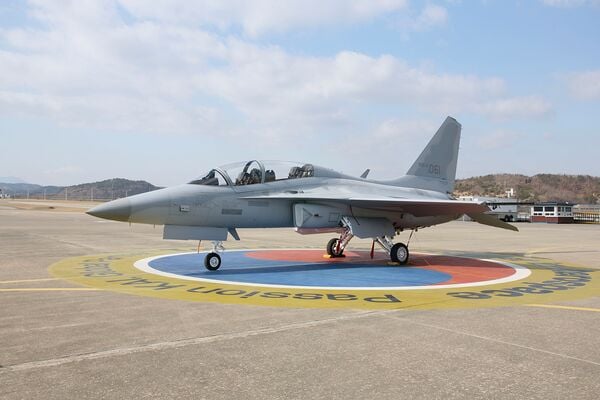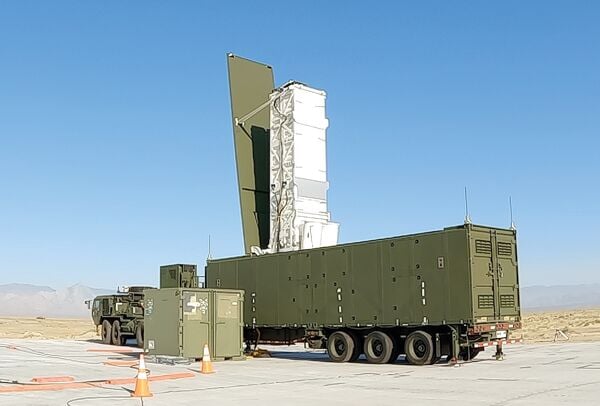- About
- Intara
- Capabilities
- Advisory
- Resources
- News
- Store
SCO fires SM-6 from LUSV prototype
13 September 2021
by Richard Scott

An SM-6 missile being launched from Ranger , one of two LUSVs forming part of the Ghost Fleet Overlord programme (US Navy)
The US Department of Defense (DoD) has revealed a live firing test of the Raytheon Standard Missile-6 (SM-6) from a large unmanned surface vessel (LUSV) testbed.
A short video released by the DoD on a social media account on 4 September showed the SM-6 launch from Ranger , one of two LUSVs forming part of the Ghost Fleet Overlord programme. Ghost Fleet Overlord is an Office of the Secretary of Defense Strategic Capabilities Office (SCO)-led initiative being undertaken in partnership with the US Navy's (USN's) Program Executive Office, Unmanned and Small Combatants to inform future USV development and technical risk reduction.
The SM-6 test is believed to have been conducted in late 2020. The video showed Ranger
Equatorial Guinea flying new Chinese helicopters
17 April 2024
by Jeremy Binnie


One of the new Z-9WE helicopters at Malabo airbase. (Partido Democrático de Guinea Ecuatorial)
The Armed Forces of Equatorial Guinea (FAGE) is now operating two new Harbin Z-9 helicopters, the country's ruling Democratic Party (Partido Democrático de Guinea Ecuatorial: PDGE) revealed on 9 April when it reported that Vice-President Teodoro Nguema Obiang Mangue had inspected the aircraft.
The PDGE released photographs showing the vice-president with at least one of the new helicopters at a location that could be identified as the airbase at Malabo International Airport. It was fitted with a gimballed electro-optical system under its nose and pylons for weapons that can include guns, rockets, and anti-tank missiles.
The Z-9 is the Chinese-made version of the Airbus AS365 Dauphin. The PDGE identified the new helicopters as the Z-9WE variant. It added that Equatorial Guinea is considering acquiring additional combat helicopters.
The FAGE was not previously known to have any Chinese aircraft in its fleet, which consists almost entirely of Soviet-era types.
For more information on the Z-9, seeHAIG (Airbus Helicopters) Z-9 Haitun .
Update: KAI proposes T-50 for RTAF fighter requirement
17 April 2024
by Akhil Kadidal


The KAI T-50 is a tandem-seat multirole trainer aircraft that is in service with Indonesia, South Korea, and Thailand. (KAI)
Korea Aerospace Industries (KAI) has proposed a sale of T-50 multirole trainer aircraft to the Royal Thai Air Force (RTAF), which seeks to acquire new combat aircraft from fiscal year (FY) 2025.
A KAI spokesperson told Janes on 17 April that the proposal for the T-50TH variant was submitted in November 2023. The T-50TH is being pitched for the possible acquisition programme as the RTAF “has already purchased and operates the same model [of aircraft]”, the spokesperson said.
The spokesperson added that the T-50TH is being proposed as it is a multirole aircraft that “is not only suitable for advanced training but also capable of real combat in urgent situations”.
Janes understands that KAI's proposal is in response to an unofficial request for proposals (RFP) issued by the RTAF in the second half of 2023. In its 2024 White Paper, the RTAF detailed a plan to procure 12–14 fighter aircraft to replace ageing Lockheed Martin F-16A/Bs of its 102 Squadron from FY 2025 to FY 2034.
US Army deploys Mid-Range Capability in Philippines
16 April 2024
by Kapil Kajal


The MRC weapon system (pictured above from its trials in June 2023) is a containerised version of the Mk 41 VLS that can be integrated and fired from the bed of a M983A4 Heavy Expanded Mobility Tactical Truck. (US Army)
The US Army's 1st Multi-Domain Task Force (1MDTF) has deployed its Mid-Range Capability (MRC) weapon system – also known as the Typhon Weapons System – at Northern Luzon in the Philippines as part of Exercise ‘Salaknib 24', the US Army Pacific said in a press release on 15 April.
This deployment aims to enhance the Philippines' maritime defence capabilities, while bolstering interoperability and readiness within the US-Philippine Alliance, the US Army Pacific said.
The MRC – made up of four launchers, a battery operations centre (BOC), a High Mobility Multipurpose Wheeled Vehicle BOC support vehicle, and battery reload capability – reached the Philippines aboard the C-17 Globemaster III airframe, the US Army Pacific added.
According to the US Army Pacific, the 1MDTF's MRC is a land-based, ground-launched system that enhances multidomain fires. The MRC launchers can fire the Standard Missile (SM)-6 and the Tomahawk Land Attack Missile (TLAM).
The US Department of Defense (DoD) has revealed a live firing test of the Raytheon Standard Missile-...
Latest Podcasts
Iran Israel analysis
In this podcast Janes analysts discuss the Iranian attacks on Israel on the 14 April. They highlight the military systems used by Iran and the performance and impact of these on Israel. They also discuss the implications of this attack goi...
Listen nowJanes Case Studies
Using Janes Intara to build a common intelligence picture: Russian build up on the Ukrainian border
View Case StudyNews Categories
 Sea Details
Sea Details